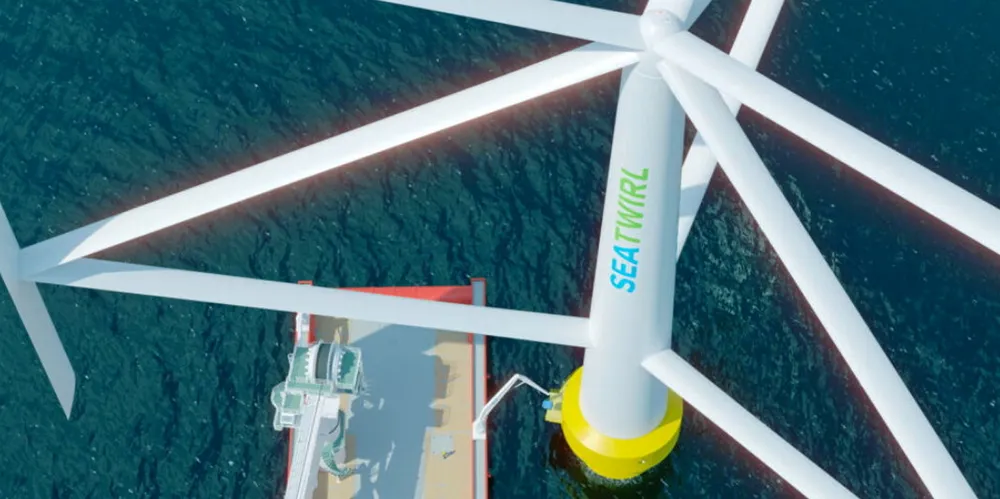SeaTwirl floating wind pact with Sumitomo targets Japan for vertical axis breakthrough
MoU could provide SeaTwirl with foothold for a technology touted as ideal for Japanese market

SeaTwirl, a Sweden-based provider of offshore wind technology, is to partner a subsidiary of Japanese conglomerate Sumitomo Corporation in developing Japanese markets for its pioneering vertical axis floating wind turbine (VAWT).
SeaTwirl described Sumitomo Corporation Power & Mobility (SPCM) as its preferred strategic business partner to market a technology that SeaTwirl says is well suited for the conditions in the Japanese offshore environment.
SCPM will mainly be in charge of identifying, marketing, negotiating, and contracting the potential clients, while SeaTwirl will mainly be in charge of promoting and offering products and services, according to a statement released by the Swedish company today (Monday).
“With SCPM we have a perfect partner to continue to develop our business in the Japanese market. With their deep local presence, solid history, diversified business operations and deep industrial knowledge we are confident we can offer the market something unique and attractive,” said Peter Laurits, SeaTwirl’s global head of business development.
SeaTwirl cited Global Wind Energy Council (GWEC) data suggesting that Japan, with its extensive coast and many islands has has one of the world’s largest potentials for floating offshore wind, assessed at 424GW.
SeaTwirl describes its technology as offering a “robust and flexible design and high serviceability.”